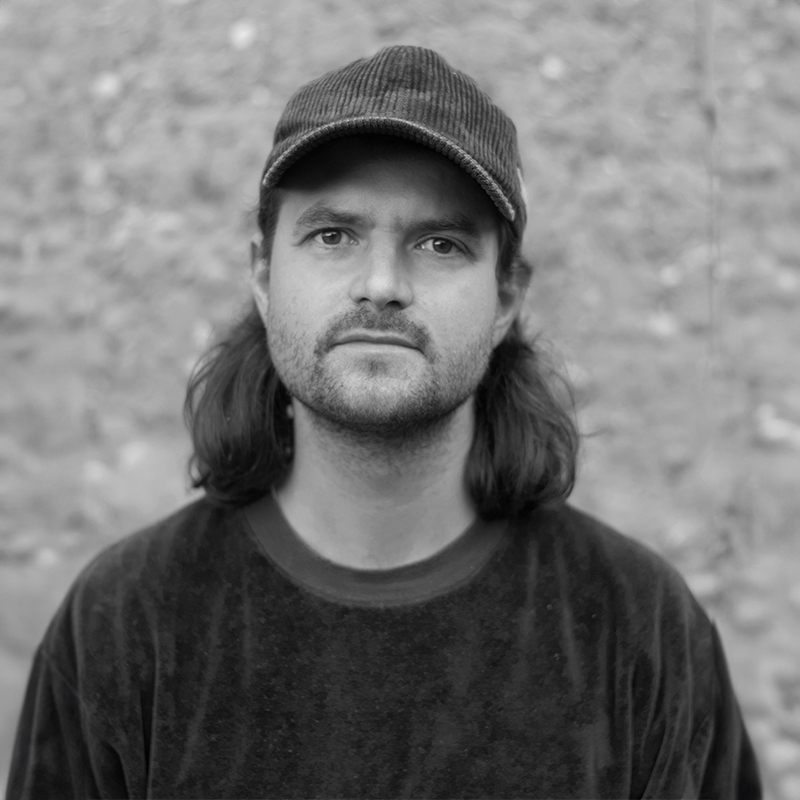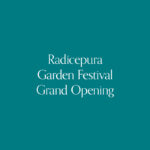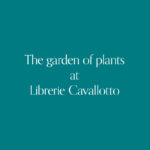In an era of climate change and biodiversity loss, Giardino di Terra explores alternative solutions to address the profound transformations underway. Through a manifesto-like and poetic approach, this garden celebrates the rediscovery of natural materials, envisioning a more desirable future where humanity and nature coexist in harmony.
The garden contrasts fragments of earthen architecture with Mediterranean vegetation. Eight rammed earth columns rise as silent witnesses to an ancient technique involving the compaction of successive layers of slightly moist soil within a formwork. Their circular shapes push the expressive boundaries of the material, playing with curves and grooves. This poetic architecture engages with the site’s shifting light, creating delicate plays of shadow and brilliance throughout the day. The planting palette consists of Mediterranean scrub, with landscape intervention kept to a minimum. The selected plant species, adapted to Sicily’s dry summers, highlight the site’s natural beauty.
The architectural elements, with their regular vertical lines, introduce a sense of order—a human touch that contrasts with the wild abundance of plant life. The evanescence of the grasses tells of the beauty of chaos. The forms echo ancient architectural geometry, evoking temple ruins and the passage of time. At the foot of the volcano, Giardino di Terra becomes a dialogue between ruin and life, between the fragile stillness of the columns and the untamed energy of the plants. Destined for erosion, the rammed earth columns remind us of the impermanence of human creations. Yet their dissolution is not an end, but a transformation: where clay crumbles, life takes root.

Vincent Dumay, originally from France, works as an independent architect between Sweden and France. Climate change lies at the heart of his work, fueling his interest in natural materials. In collaboration with Baptiste Wullschleger, he designs gardens that highlight the poetry of earthen construction and the beauty of living matter—a poetry that explores the process of shaping and craftsmanship.

Baptiste Wullschleger is a French architect and landscape designer, working as a partner at the landscape studio Zeppelin in Normandy. A passionate naturalist and wildlife photographer, Baptiste draws on his field observations to guide architectural and landscape projects toward a harmonious coexistence with wild and non-human nature. In collaboration with Vincent Dumay, he designs gardens that emphasize the poetry of earthen building and the beauty of living materials.





